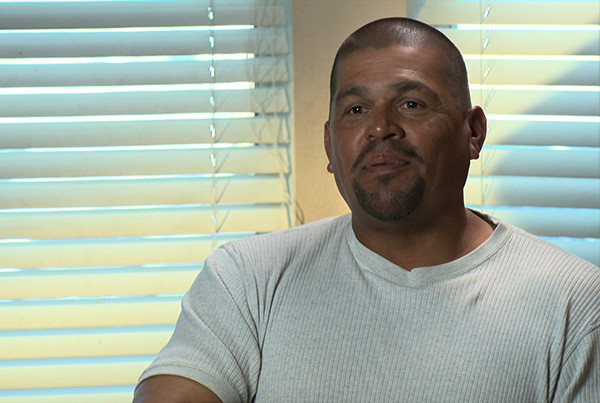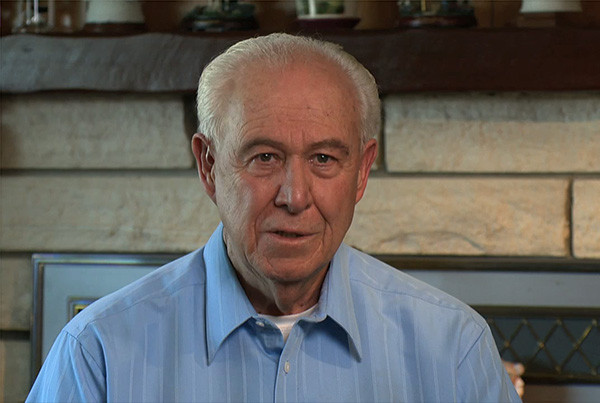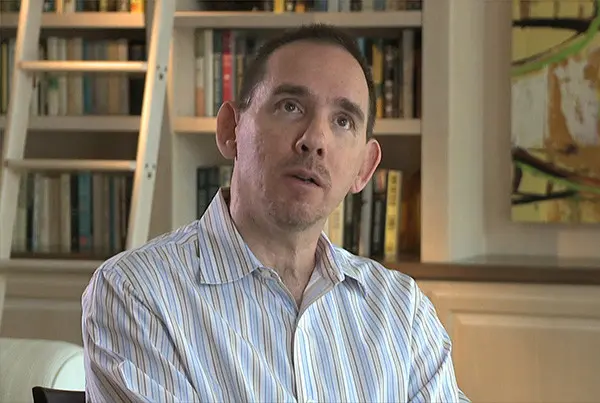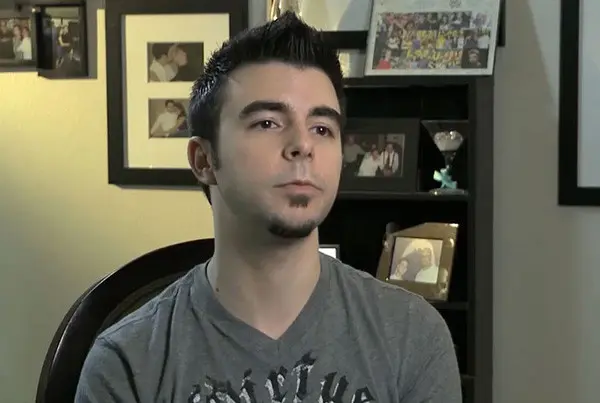There is a fairly new “kid on the block” injection therapy being used to treat Peyronie’s Disease when the disease is stable and there is at least 30 degrees of curvature (not downward). It is called Xiaflex (collagenase clostridium histolyticum). The manufacturer was Auxillium (now owned by Endo Pharmaceuticals). Xiaflex is a medication that is injected into the plaque inside the penis. Prior to Xiaflex injection, a different medication is injected into the penis to produce an erection to identify the area of maximum curvature, and that is marked. Then, another different medication is injected into the penis to cause the erection to subside. The Xiaflex is then injected into the plaque itself where marked. This injection is repeated a couple of days later, and is followed by another visit to the Urologist several days later for a “modeling” procedure where the penis is bent where the objective is to break up the plaque. These visits and injections is called a “cycle”. There can be up to 4 cycles, but we have seen more than 4 cycles given to men for treatment. Once this product was approved by the FDA, it could not be offered at the University of California, Irvine without approval by the hospital formulary committee. Dr. Gelman worked for over 16 months in 2014-5 to obtain this approval, and this is a Peyronie’s Disease treatment option currently offered by the Center for Reconstructive Urology at the University of California, Irvine.
The initial data in support of the effectiveness of this medication was from clinical trials paid for by the manufacturer. Once this drug had FDA approval, there was a major effort to market this product to Urologists and also directly to patients. One example was a lecture to Urologists in Southern California attended by Dr. Gelman. The speaker was sponsored by the manufacturer, and the presentation slides were provided to the speaker by the manufacturer. During the talk, Dr. Gelman noticed that some of the slides depicting graft surgery were our illustrations used without permission. All of our surgery illustrations were commissioned and drawn by Fairman Studios for our use for educational purposes. It is not uncommon for other Urologists interested in promoting similar practices to “borrow” our slides, but in this case, the paid Peyronie’s Disease Specialist speaker did not even know he was using Center for Reconstructive Urology images within his talk because it was given to him for the purpose of promoting a product.
When Dr. Gelman first established the Center for Reconstructive Urology in 1998 at the University of California, Irvine, he was the first expert in Peyronie’s Disease treatment in Orange County, CA and only 1 of 3 Urology Specialists in Southern California with who had expertise in performing complex penile curvature correction surgery. The other 2 doctors have since retired. However, the introduction and promotion of Xiaflex has led to a dramatic increase in the number of Urologists who now treat Peyronie’s Disease as compared to Peyronie’s surgery, injection of Xiaflex is a relatively simple procedure, and non-University private practices of General Urology are not subject to a very lengthy committee institutional approval process. To be “Certified” to administer Xiaflex by the manufacturer, all that is required is that the Urologist watch a video, read a handout, and complete an enrollment form. No testing or hands-on training or Fellowship Training or sub-specialization is required.
At this time, there are 19 manufacturer “certified” Urologists in our zip code that are listed on the manufacturer website that were “trained” specialists. One potential downside of this trend is that when doctors are only comfortable offering 1 treatment option, that can lead to medical advice that favors that particular option at times to the point of not mentioning other (in some cases more effective) Peyronie’s Disease treatment options. As a result, we are now seeing many men who have been treated with Xiaflex and then are referred when there has been no benefit or worsening of the curvature. More recent data indicates that some patients can benefit from Xiaflex, but the results are inferior to surgery, especially when the curvture is severe.
The Center for Reconstructive Urology and Dr. Gelman do not sell any products for profit, and we never had financial relationships with pharmaceutical companies or device manufacturers. All instruments invented by Dr. Gelman are not associated with a royalty, and all lectures are given for free so there is no potential conflict of interest. This website contains no advertising, so all Peyronie’s disease treatment suggestions are made with the patient’s best interests in mind.






